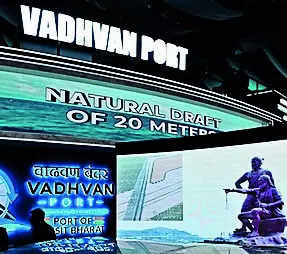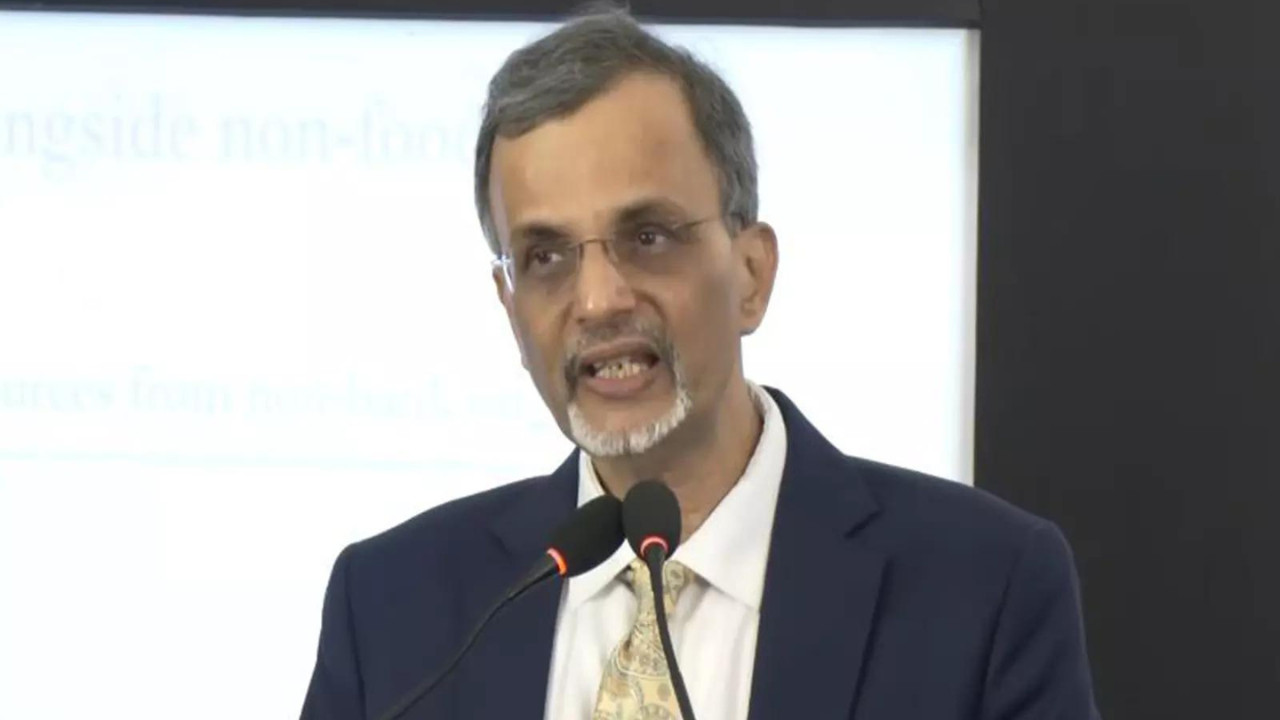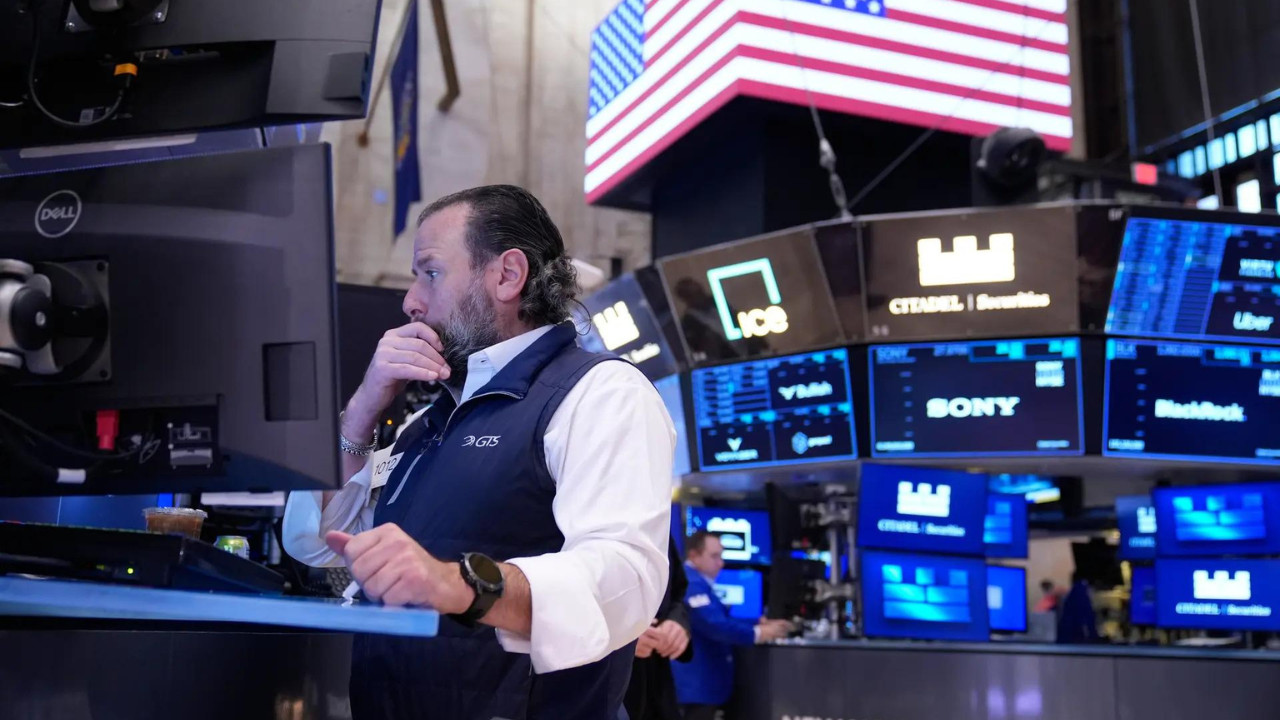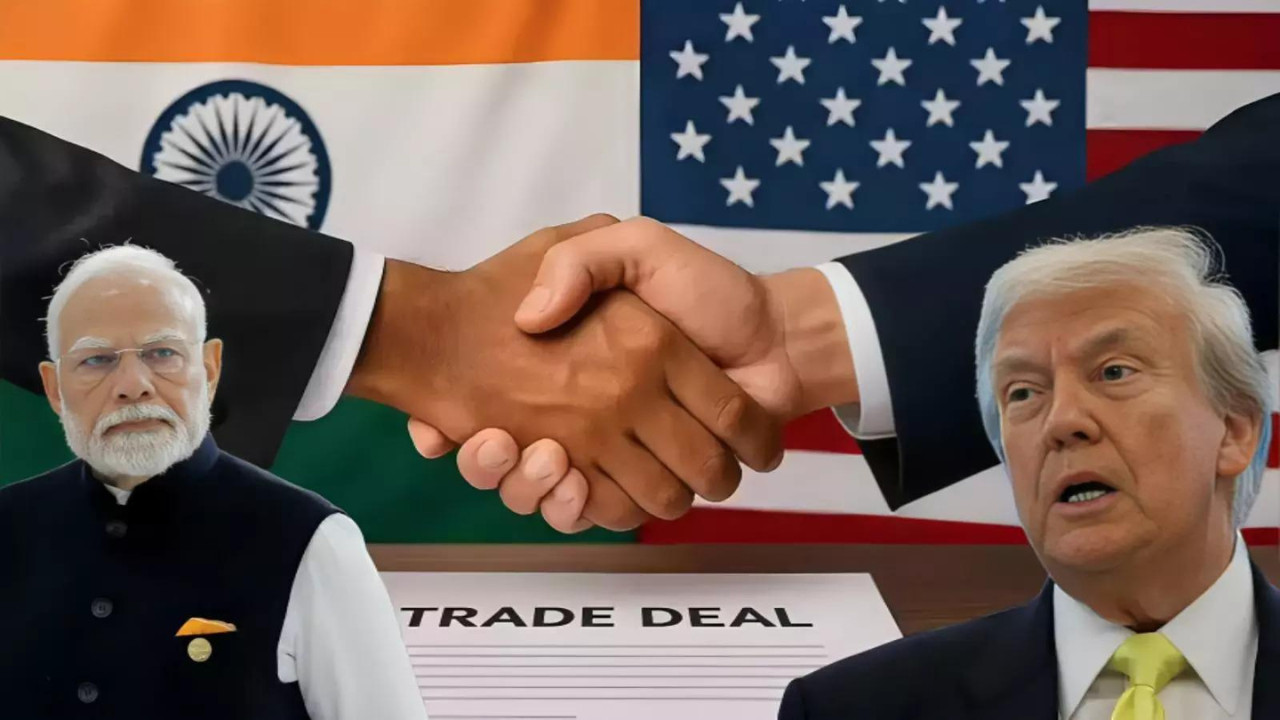Riding the Wave: Adani’s Bold Bet on Vadhvan Port
The salty air of opportunity seems to be blowing strong toward Vadhvan, Maharashtra. News is swirling that Adani Ports and Special Economic Zone (APSEZ), a titan in India’s maritime sector, is eyeing a massive investment – a staggering ₹53,000 crore – in the ambitious Vadhvan port project. This isn’t just about building another port; it’s a potential game-changer for India’s trade infrastructure and a testament to the nation’s growing economic might.
But what’s the big deal about Vadhvan, and why is Adani so keen to throw its weight behind it? Let’s dive into the details and unpack what this potential development could mean for India and the world.
Vadhvan Port: More Than Just Deep Water
The key lies in its depth. Unlike many existing ports in India, Vadhvan boasts a natural draft of around 20 meters. This might sound technical, but it’s crucial. This depth allows it to handle mega-vessels – the gigantic container ships that are increasingly becoming the workhorses of global trade. These behemoths can carry significantly more cargo, making shipping more efficient and cost-effective. Current ports often require dredging or are simply unable to accommodate these massive ships fully loaded, presenting logistical hurdles and impacting turnaround times.
Think of it like this: Vadhvan could be the superhighway for maritime trade, capable of handling the heaviest traffic with ease, while other ports are more like smaller, older roads struggling to cope with modern demands. By accommodating these larger vessels, Vadhvan Port is poised to become a major hub for transshipment, attracting cargo from across the globe and solidifying India’s position on the world stage.

Adani’s Strategic Play: A Deep Dive into the Investment
The reported ₹53,000 crore investment isn’t just about building docks and cranes. It encompasses a comprehensive plan to develop the entire port ecosystem, including state-of-the-art cargo handling equipment, robust rail and road connectivity, and essential infrastructure to support smooth operations. This holistic approach reflects Adani’s commitment to creating a world-class facility that can compete with the best ports globally.
This move aligns perfectly with Adani’s broader strategy of expanding its footprint in the infrastructure sector. They’ve been strategically acquiring and developing ports across India, creating a network that offers unparalleled connectivity and logistical advantages to businesses. Vadhvan is the next logical step in their ambition to dominate India’s maritime landscape. Moreover, the project is expected to create thousands of jobs, boosting the local economy and contributing to the region’s overall development.
The Wider Impact: Boosting India’s Trade and Economy
The potential benefits of a fully functional Vadhvan port extend far beyond just Adani’s balance sheet. Increased efficiency in shipping translates to lower transportation costs for businesses, making Indian goods more competitive in the global market. It can also attract foreign investment, as companies are drawn to a country with a modern and efficient infrastructure.
Furthermore, a port of this scale can act as a catalyst for industrial development in the surrounding region. Businesses requiring access to global markets will be drawn to the area, leading to the establishment of factories, warehouses, and other support services. This, in turn, will create even more jobs and boost economic growth. The success of this project hinges on seamless coordination between various stakeholders, including government agencies, local communities, and the private sector. Streamlined processes and transparent decision-making will be essential to avoid delays and ensure the project stays on track.
The development of Vadhvan Port will also complement existing infrastructure and potentially alleviate pressure on already congested ports like JNPT. This strategic distribution of port capacity is crucial for managing India’s growing trade volumes effectively. This all ties into the larger picture of India’s ambitious infrastructure development plans, where efficient logistics are seen as a key enabler of economic growth. We can also link this to other initiatives on the site highlighting infrastructure development, for example projects focusing on road and rail connectivity.
Navigating the Future: Challenges and Opportunities
While the potential is immense, the Vadhvan port project is not without its challenges. Environmental concerns, land acquisition, and regulatory hurdles are all potential roadblocks that need to be addressed effectively. Stakeholder engagement and transparent communication will be crucial to ensuring the project’s success and minimizing any negative impact on the local community.
The next few months will be critical as the project moves from planning to implementation. Overcoming these hurdles and realizing the full potential of Vadhvan Port will require strong leadership, innovative solutions, and a collaborative approach from all involved.
Ultimately, Adani’s potential investment in Vadhvan represents a significant step forward for India’s maritime infrastructure. If executed successfully, this project could unlock new opportunities for economic growth, boost trade, and solidify India’s position as a major player in the global economy. This development is more than just about building a port; it’s about building a future.







